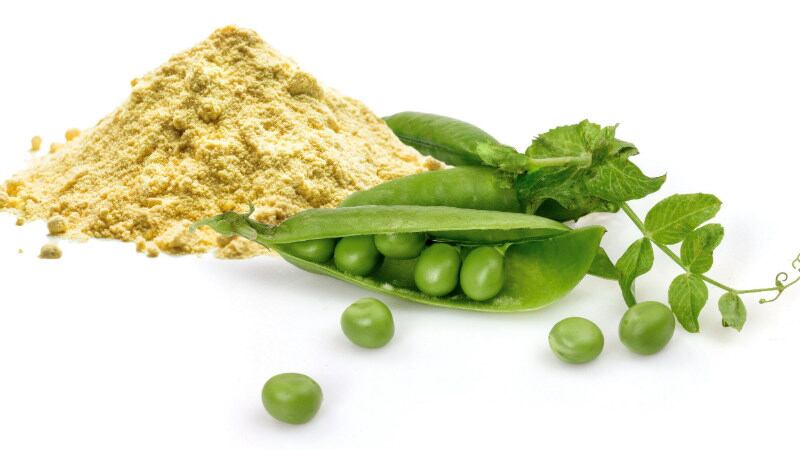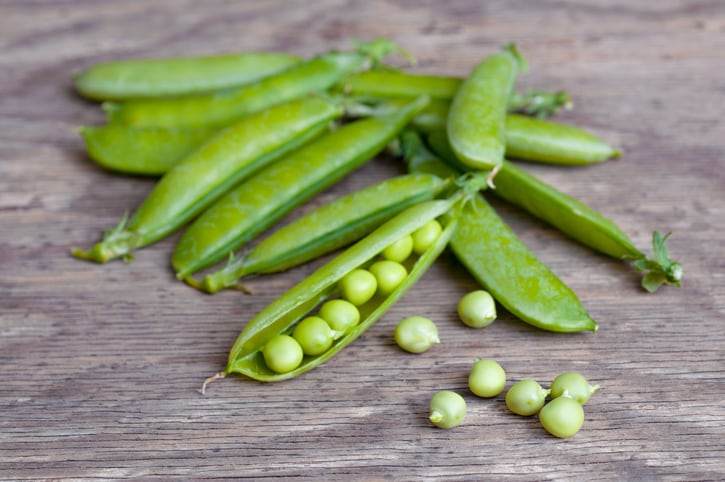The peas used in this product are produced in China, and the processing technology that the firm created to maximise neutral taste and high solubility was also developed locally.
“Generally, pea protein has a ‘beany’ taste when it is added to most finished product formulations, and if solubility is not high enough, there would be residue that sinks to the bottom of products such as high-protein drinks,” Cargill Texturising Solutions Managing Director and Go To Market Director for Food Ingredients Franck Monmont told FoodNavigator-Asia.
“With this new processing technology we’ve developed, we’ve solved these problems. The special tech covers areas like homogenisation and extraction, and allows the extracted protein very high solubility [so it won’t leave residue] as well as a low, neutral flavour so it is easy to formulate new finished products.
“This neutral, low taste profile is very important for product formulation, because if the protein carries any off-taste, this will need to be masked with other flavours, which carries another set of challenges.
“Firstly, it would add cost, and flavours can be very costly. Also, there will need to be a whole other process to find the right flavour so the end product can remain neutral, and neutral is what many people are looking for – not everyone will want products with a strong chocolate or strawberry taste.”
As for why Cargill chose to focus on peas, Monmont cited nutrition and sustainability as the main reasons behind this decision.
“Peas are a good source of the amino acid lysine, which is important for both brain development in children as well as for adults as an essential nutrient, as lysine is not naturally produced in the human body. It is also low in terms of allergens and is to the best of our knowledge a non-GMA prone crop,” he said.
“Plant-based protein products are a strong trend in Asia, and consumer demand is on the rise. Part of this is the sustainability factor – it will be difficult to feed the region’s growing population using animal protein alone, based on factors such as land and water usage.
“I’m not saying that animal protein is going away, but consumers today want more choice, maybe to be able to have animal protein on some days but plant-based protein on others – so it’s not all or nothing, more like offering more options.”
Categories to most benefit
In terms of product innovation, Monmont said that the categories in which Radipure could apply to were numerous, for example in dairy-free protein drinks that want to increase protein levels but also minimise residue.
“In addition, we’re seeing a rising interest in this being used in meat alternatives, for example burger patties. So besides including this as a plant protein source, it can also help with the texturization of the end product,” he said.
“This is again due to our unique processing technology, which gives the protein properties that help it to give texture, adding the right mouthfeel and giving more structure to the final product.”
At present, Monmont added that the short-to-medium term plan for the team would be to focus on the protein and make sure it is adapted to best benefit new formulations as per manufacturer needs, as well as the applications for new products.
“Moving forward, we may also look at other sources of protein, as well as possibly some new technology,” he said.





